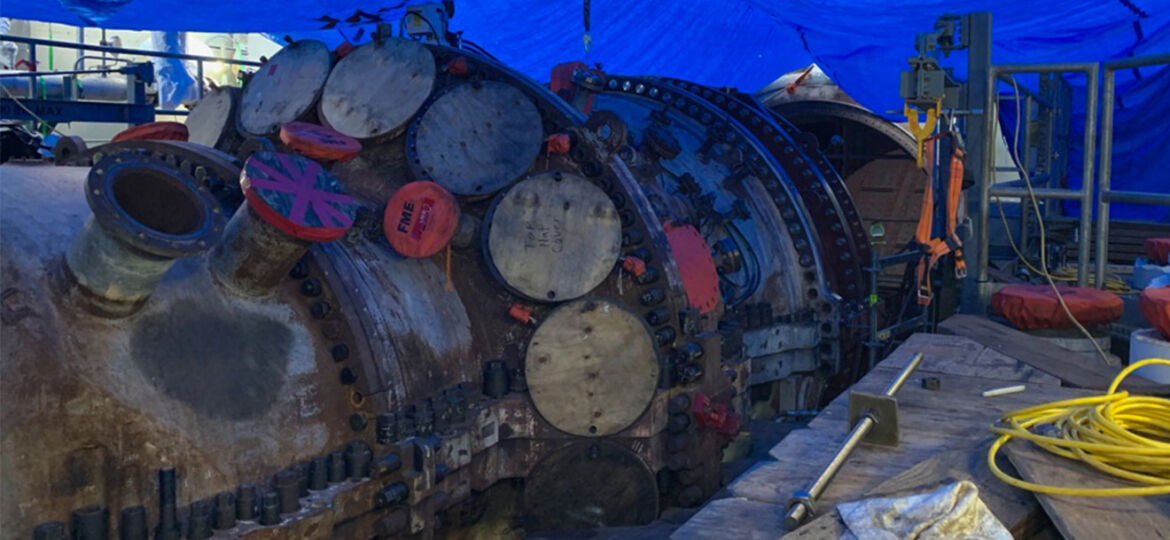
Planned Maintenance programs help owners operate equipment to maximum efficiency.
Gas turbines that generate power have typical design lives of 100,000 Equivalent Operating Hours or ten years between major outages. Operating a gas turbine past its design life increases the risk of failure.
Owners and operators should routinely evaluate how much life is left in the turbine’s components if they want to have more running hours from the gas turbine. For this they should take into account many other factors then just Equivalent Operating Hours, such as operational behavior, ambient conditions, fuel composition and quality, and the scope and timing and history of planned maintenance.
…Lifetime evaluation is usually done using inspection and measurement best practices during a planned outage before 100,000 Equivalent Operating Hours.
Lifetime evaluation is usually done using inspection and measurement best practices during a planned outage before 100,000 Equivalent Operating Hours. After assessment, the components can be exchanged, upgraded, or put to partial or even constant use. The understanding an OEM has from its fleet can help in identifying crucial areas and suggesting solutions.
Component lives can be cut short by:
- Foreign Object Damage
- Rubbing wear
- Hot corrosion
- Wet corrosion
- Oxidation
- Erosion
- High Cycle and Low Cycle Fatigue
- Creep
A planned outage will cover all issues specific to the unit. A solid planned maintenance program can improve plant reliability and availability, and also reduce lifecycle cost. Reducing failure risks could also lower insurance premiums.
For more information from ACQUIP, please contact us at +1855 ACQUIP1 or email us at info@acquip.com

